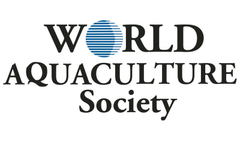animal greenhouse gas News
1 news items found
-
Editor`s Note - Planetary Health Diets and Aquaculture
For aquaculture, resource constraints mean that production from existing land area must increase, a goal that is difficult without simultaneously increasing greenhouse gas emissions associated with greater energy use. For this, decarbonization of the world’s energy system must be accelerated. In January, a report was issued with the title “Food in The Anthropocene: the EAT-Lancet ...
Need help finding the right suppliers? Try XPRT Sourcing. Let the XPRTs do the work for you
